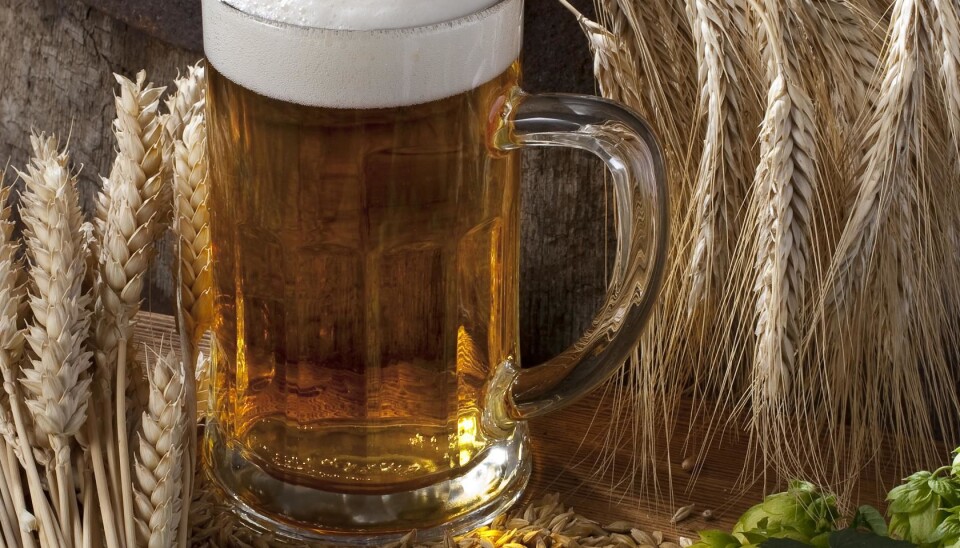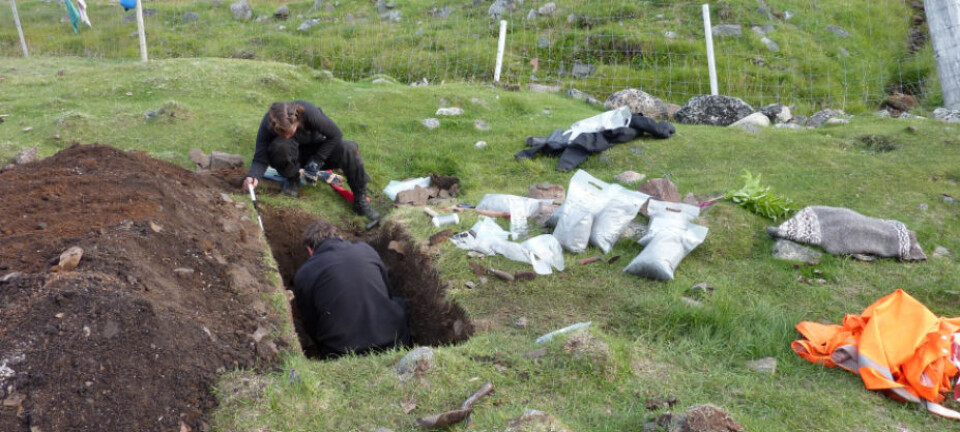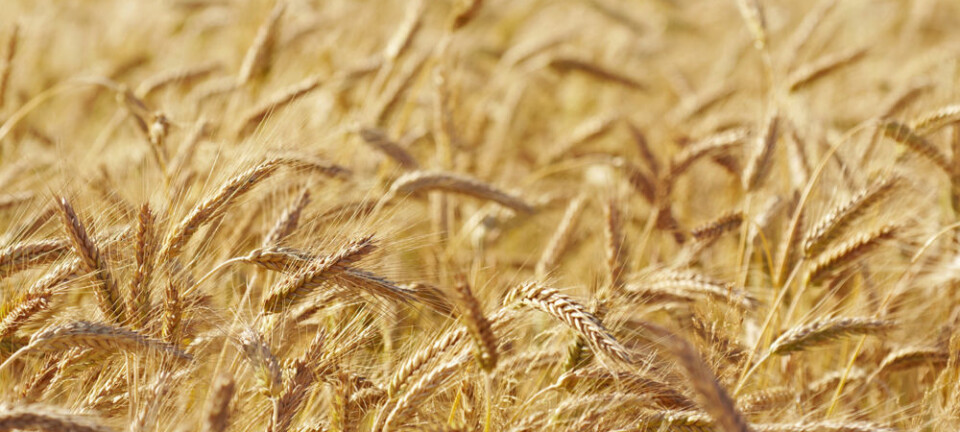
Barley gene could help feed the world
Researchers from Carlsberg have identified the gene that makes mutant barley bloom faster than regular barley. The discovery could lead to extra food for the world’s poorest nations.
Danish beer, of which Carlsberg is probably the most famous, is usually brewed with malt from barley.
Whereas barley fits in well with the Danish climate, many other countries have to resort to the mutated spring barley variant known as Mari. This variant produces a lower yield but can be grown in darker and colder climates.
Now researchers at the Carlsberg Laboratory have identified the gene that causes the Mari variant to grow in areas not normally suitable for agricultural production.
”In other countries it was at one point impossible to grow barley because they didn’t have the same temperatures and photoperiods as in Denmark,” says Professor Mats Hansson, of the Carlsberg Laboratory.
The mutant barley has expanded the cultivation range for barley into completely different areas with shorter seasons and shorter photoperiods, and now we know how that’s been possible.
“The barley mutant has expanded the cultivation range for barley into completely different areas with shorter seasons and shorter photoperiods, and now we know how that’s been possible.”
New gene found in the Mari mutant
The researchers at the Carlsberg Laboratory study barley and its mutations in their ongoing efforts to improve the company’s famous beer.
Barley can mutate naturally or as a result of inducement in laboratories. Since its invention in 1961, the Mari mutant has proved very popular thanks to its ability to grow in areas that have been previously unsuitable for barley cultivation.
Barley usually has a four-month maturation process, but the Mari variant requires only three months to mature. This makes it possible to cultivate it in areas with much shorter seasons, explains Hansson.
The researchers managed to chart the gene that gives Mari this special ability to adapt to shorter seasons and photoperiods.
Could be transferred to crops other than barley
Hansson believes the beneficial effects of this gene could extend beyond just barley, and could be transferred to other crops and thus help solve some of the world’s food problems.
”The threat of global climate change and the growth in the world’s population requires that we find some solutions – and this gene could be part of that solution,” he says.
He explains that in Denmark, barley can give a return of seven to eight tons per hectare. In certain other parts of the globe, barley cannot be grown at all, but with the fast-growing barley mutant it should be possible to grow at least two tons per hectare before the drought sets in.
Hansson now aims to locate unexploited stretches of land across the globe that can benefit from grains with the newly discovered gene.
A low yield must be said to be better than no yield at all. Not least when considering that it benefits starving people – and beer drinkers.
--------------------------------
Read this article in Danish at videnskab.dk
Translated by: Dann Vinther






